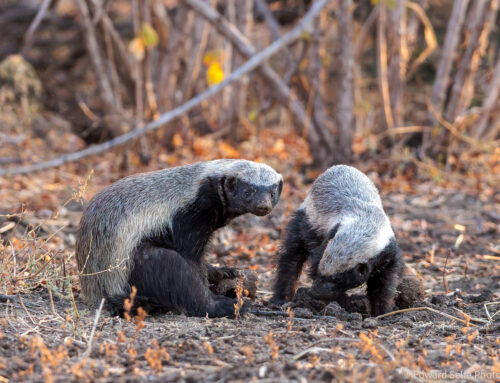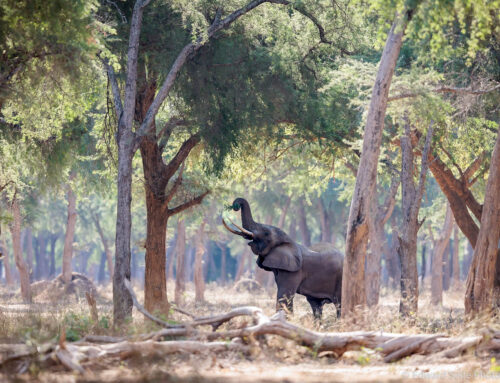It’s hard to know where to begin with a write up of a 19-night photo safari. But I soon worked it out; I started with several nights of good sleep! 3 weeks on safari is a long time, and I had expected to get very tired, but the adventure, adrenaline, interesting sightings and great company made the three weeks pass by much more quickly than I would have liked!!
And it’s clear to me that any write up should start with a humble thanks to my guests – Don, Kathy, Gordon, Kathy, Bev & Bob – for the most memorable 3 weeks. (Click the links above to read their trip reports.) We were very fortunate to be able to spend so much time in the very best parts of the Luangwa, but we left camp very early each morning, put in long days and sat through the heat and the dust to get the excellent sightings that we did. I also challenged them to take images that they would not normally take, to push the limits of their kit and their skills and keep on shooting even when the light and the conditions were against us. Many of our most impressive and memorable images were taken this way. I’ve seen many of their images in our editing sessions during the trip, but I really look forward to the full portfolios when they have waded through nearly 20,000 images each!

Most of all, we had a lot of fun. Each member of the group brought their own perspectives, ideas and interests to the party and we were all the butt of many jokes at various times. There was the person who seemed to attract all the insects, the person whose tent was invaded by an elephant in search of fresh water, the time when our Bushcamp was washed out by a very untimely rain storm and the time that half the group was very sleepy from taking anti-histamine medication! But there was also the intense 45 minutes when two lion cubs played in the windy pre-storm weather and the time that a male leopard unexpectedly hoisted his kill vertically upward through the branches to a high fork, taking us all by surprise. And there was the comedy that surrounded the endless pursuit of the perfect panning blur shot of….well anything really. We have to leave something for next time!
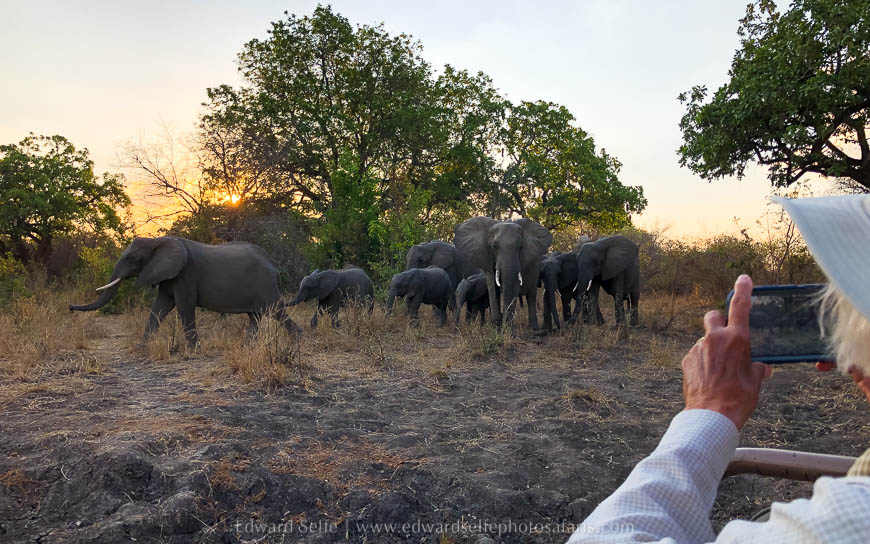
I usually write my trip reports almost in real-time since I want readers to be able to understand the pace of sightings on a photo safari. I don’t want to mislead viewers into thinking that the bush is always buzzing with incredible sightings since that’s not realistic. But the real-time write ups enable readers who have been on safaris before to understand how remarkable Luangwa is in the regularity and quality of sightings. But for a 3 week trip, a real-time safari would take too long to read, not to mention how long it would take to write! So, this report will be a mix of highlights with images and photos with captions so that I can convey the incredible range of sightings without the report taking the same amount of time to read as the safari itself!
We started our safari at Nsefu Camp, in the quiet, undiscovered Nsefu Sector. It’s always a pleasure to stay at this camp, with its constant view of elephants crossing the river in front and the excellent staff who do anything they can to accommodate the needs of their guests. For us, that was early morning breakfasts to allow us to get out in the bush very early (with a spotlight on most days) and slightly earlier dinner times to allow us to sleep off the day’s exertions! As usual, Nsefu didn’t disappoint and we enjoyed a range of interesting and beautiful sightings.
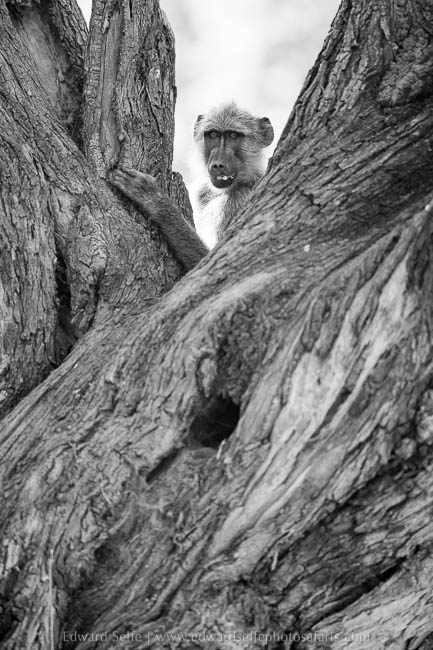
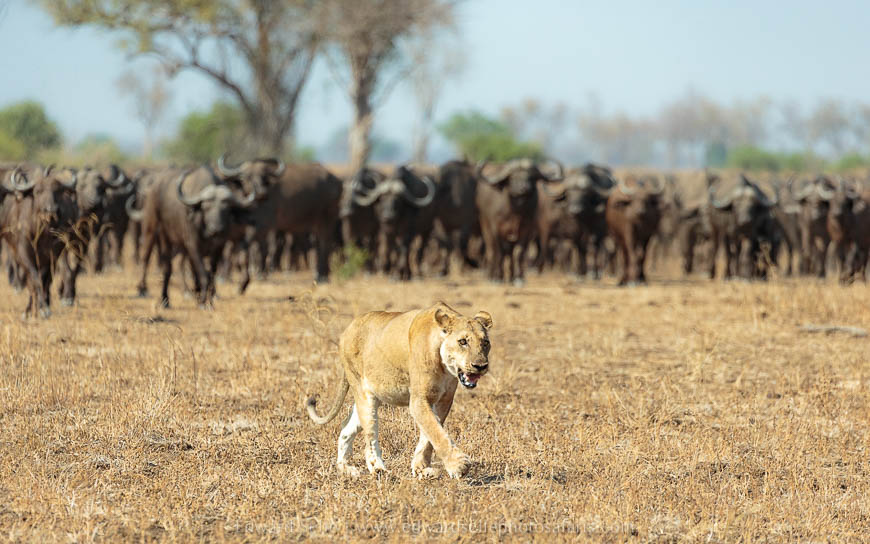
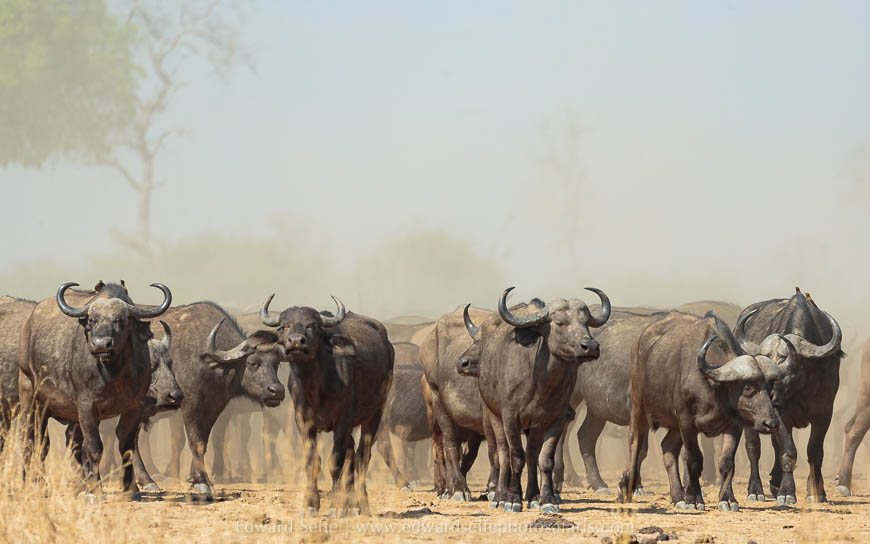

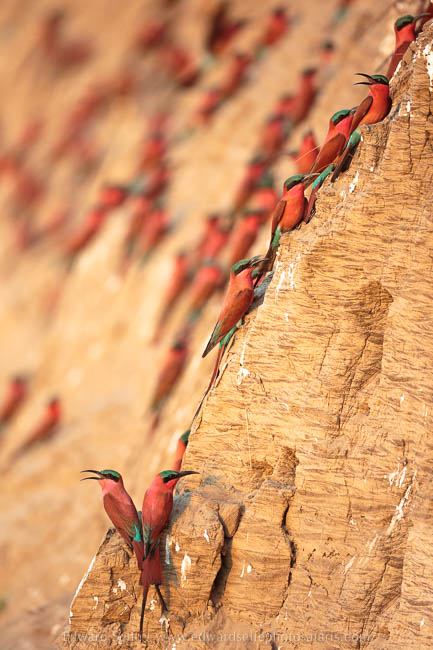
Day 2 brought more carnivores, including a hyaena who seemed to have stolen a buffalo skull from some lions, a leopard in a beautiful fig tree and lions resting most elegantly on a steep bank. They were nearly bumped from their position by a large herd of elephants, but the lions chose – sensibly – to move on before the herd arrived!
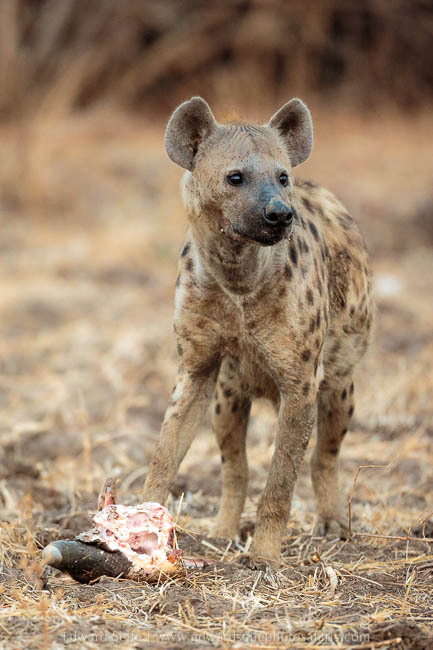
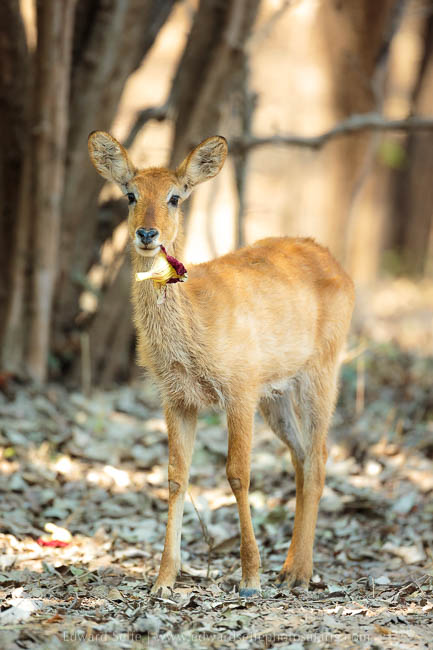
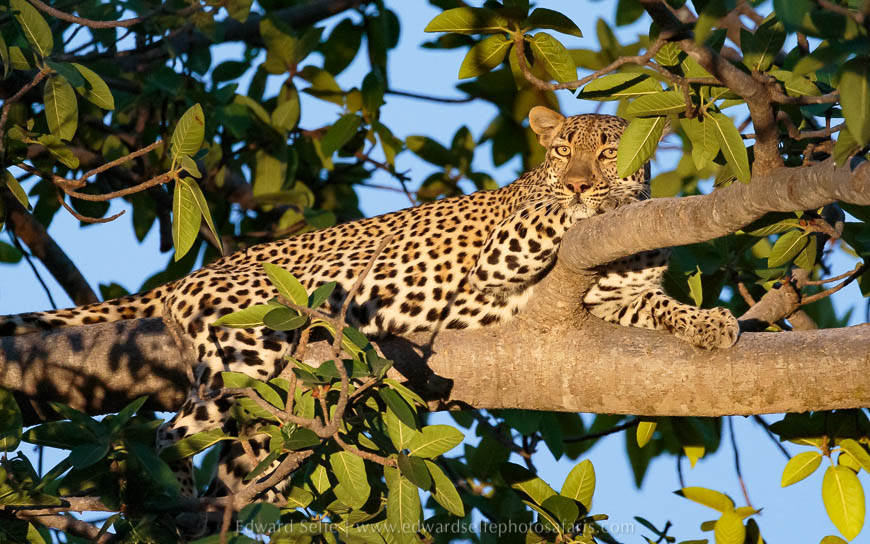
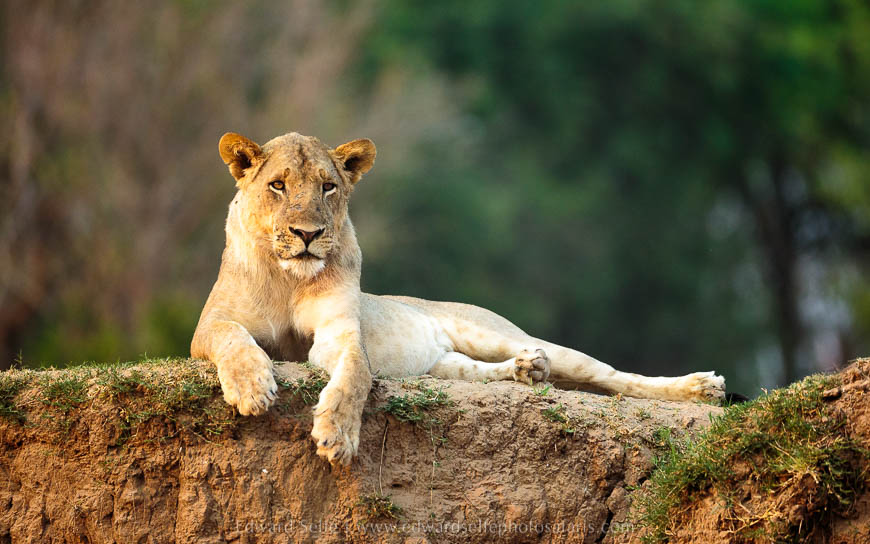
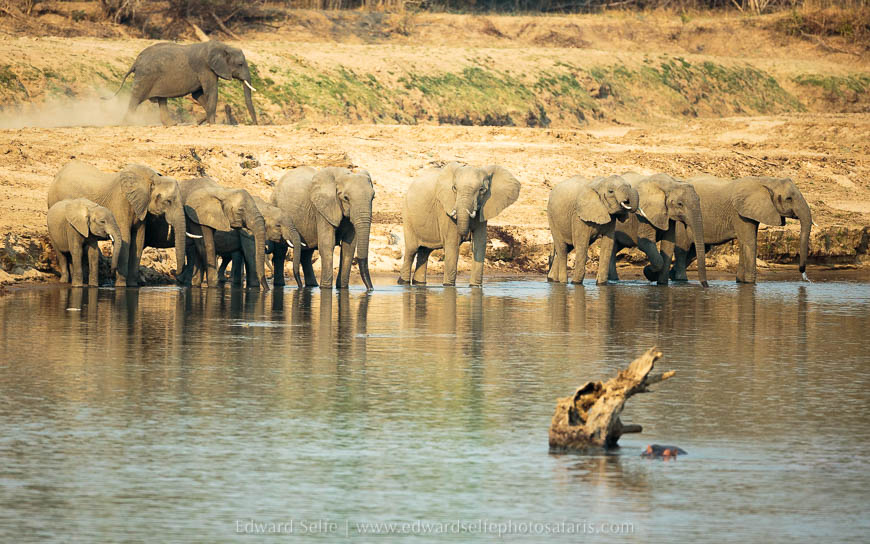
Confusingly, some of the Mwamba-Kaingo Pride (usually based around Kaingo and Lion Camps) had crossed the river and were settled in the Nsefu Sector. One morning, we counted 22 lions on the plains behind the stork colony…. This meant that each time we followed lion tracks and found the lions, we had to check carefully which pride we were watching.
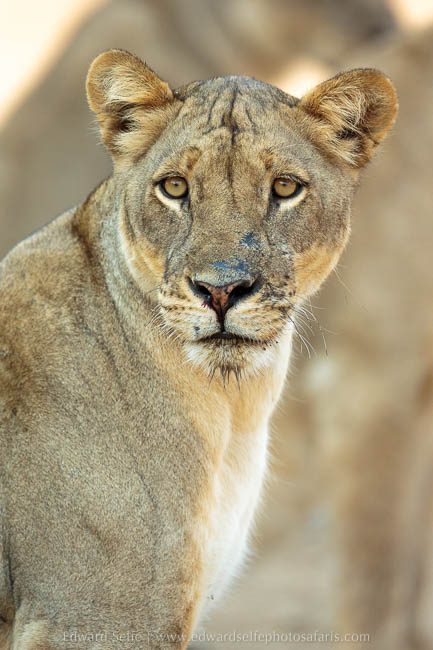
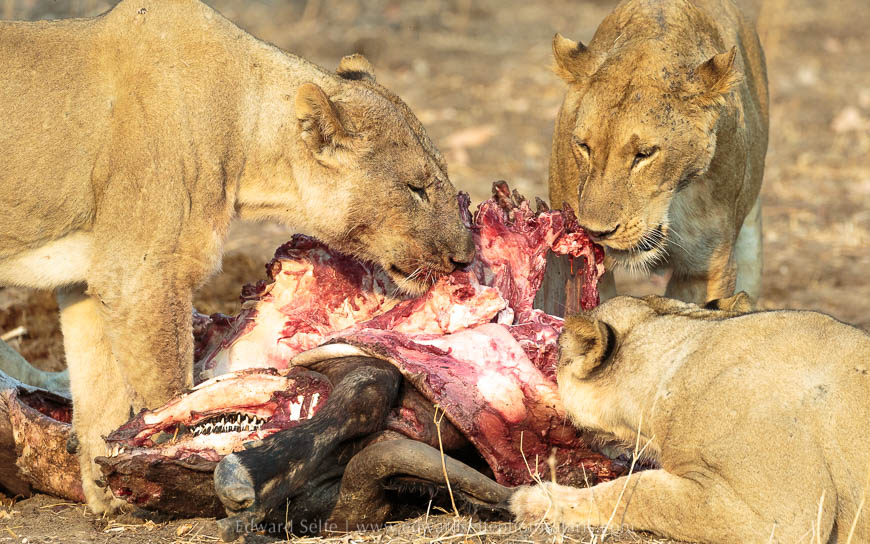
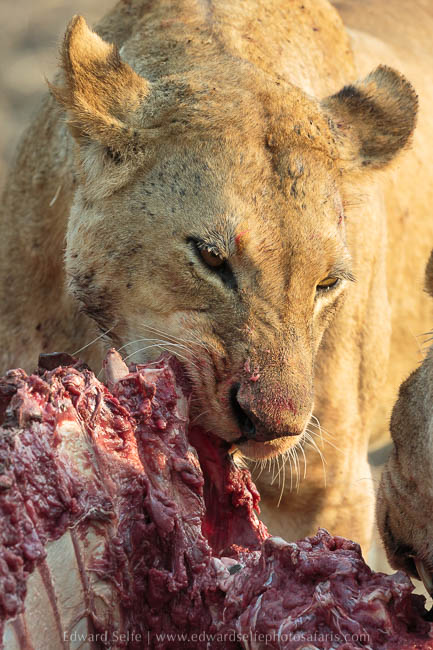
We had booked to stay at Mwamba Bushcamp primarily for the incredible hide just behind the camp. This hide gives low, close views of the last waterhole in the area which is pumped from the camp’s borehole. In my opinion, a hide must give lower and closer views of wildlife than you can get in a vehicle or it will never attract me away from a safari drive. This hide is really spectacular, enabling guests to get photo angles and compositions that they simply can’t achieve any other way. Over the next 3 days – in fact 4 as we extended our stay at Mwamba to enjoy another day in the hide! – we spent many hours in this hide. After a short morning game drive, we would head to the hide around 08.30 and enjoy the late-morning rush as hundreds of mammals and birds came to drink. On one day, we had more than 100 elephants visit from 08.30 until 15.00 and at one point, there were 100 impalas at the waterhole at one time. It was sensational.
Here is a small selection of images that I selected from over 2000 that I took while in the hide! We were lucky that on several of the days, there was thin cloud cover that softened the light and made it possible to shoot all day with no consideration for the angle of the sun.
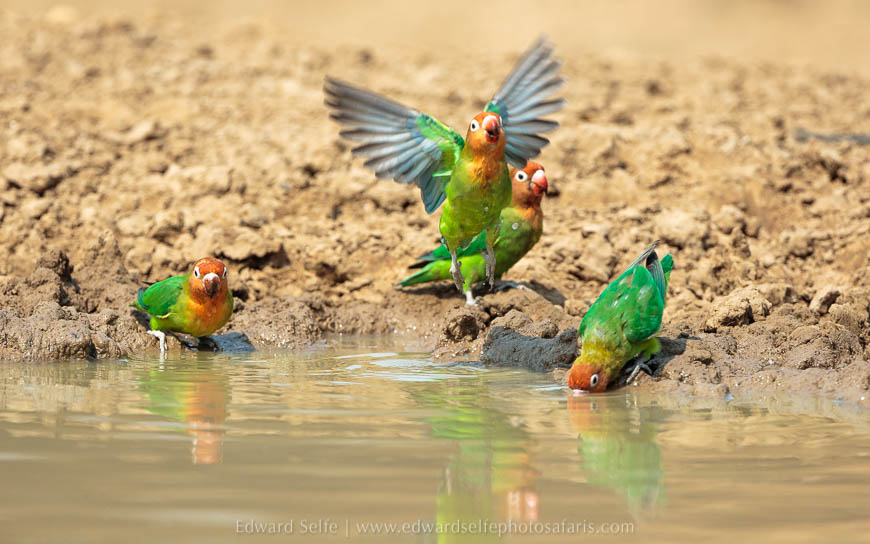
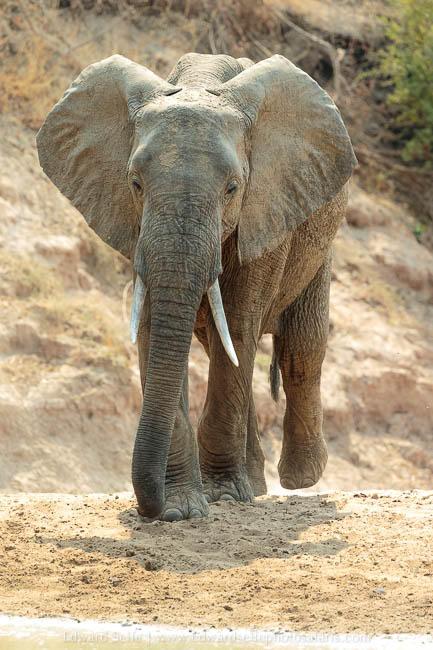
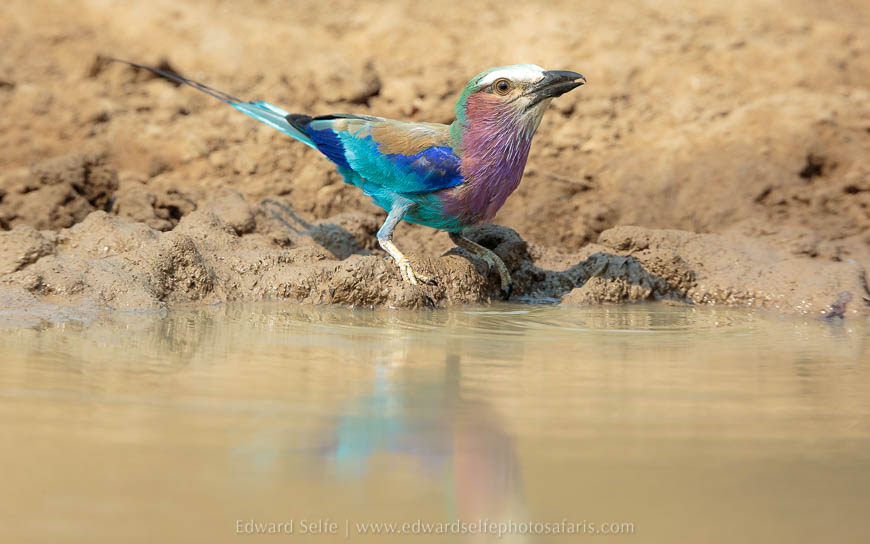
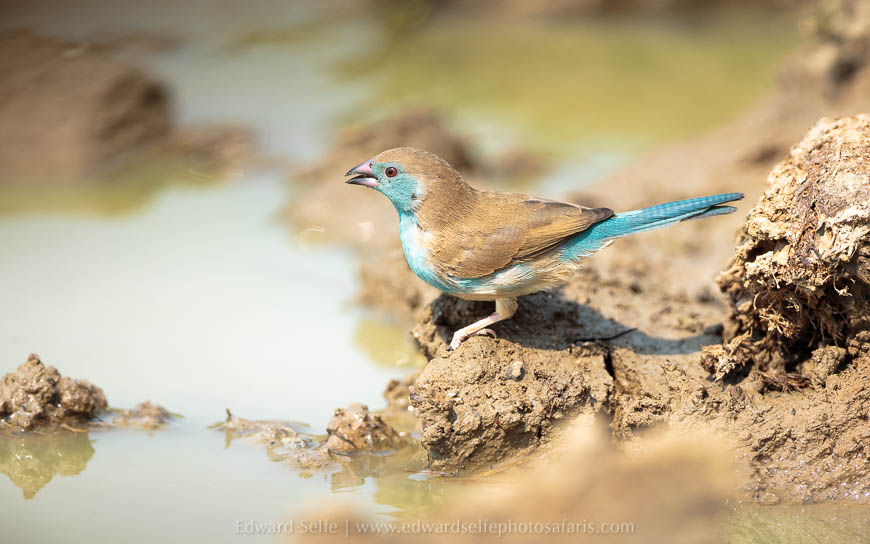
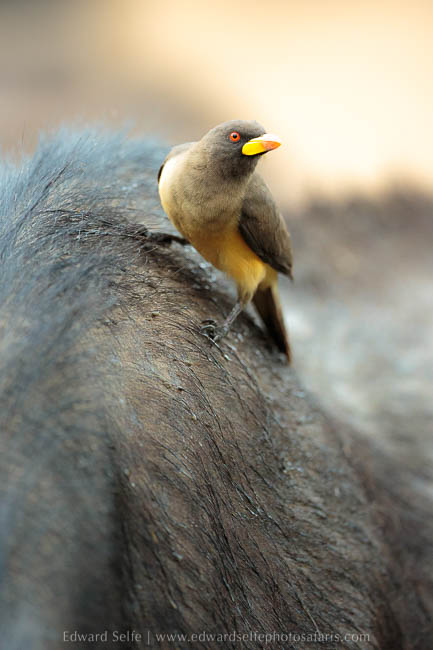
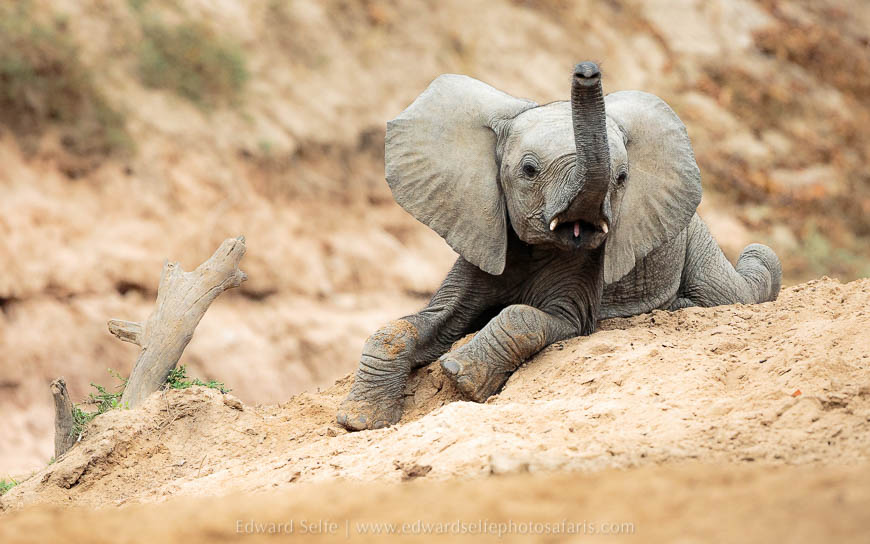
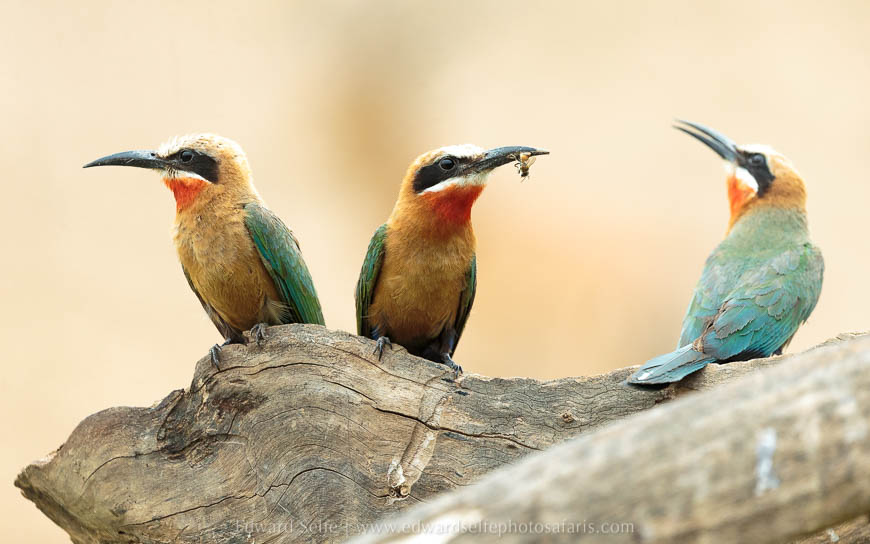
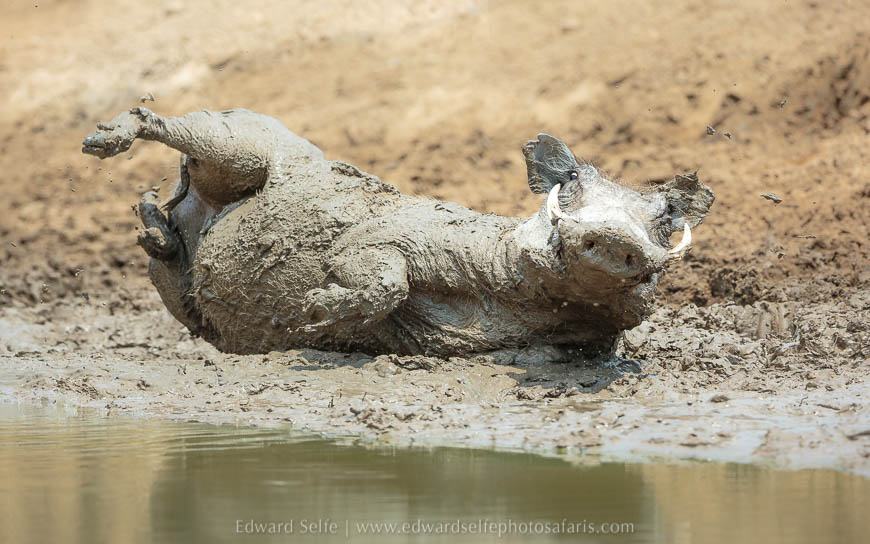
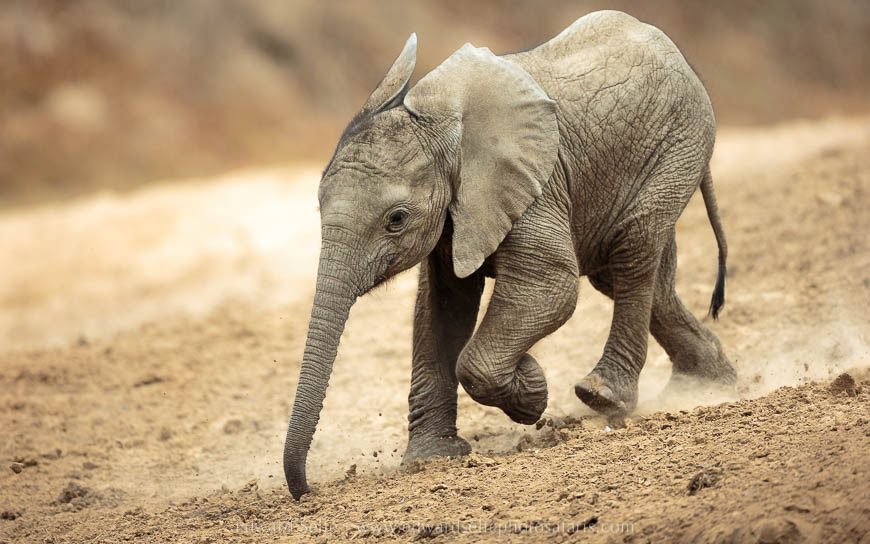

I cannot recommend this hide highly enough, especially in the months of September and October when it really comes alive, but at any time in the dry season, the sightings are good. We also had some funny moments, like when a large bull elephant (known to me and easily identified by his torn ear) approached the hide very close and gave us all a few breathless moments! These are the times when photos rarely do justice the scene and it’s great just to watch and feel the experience.
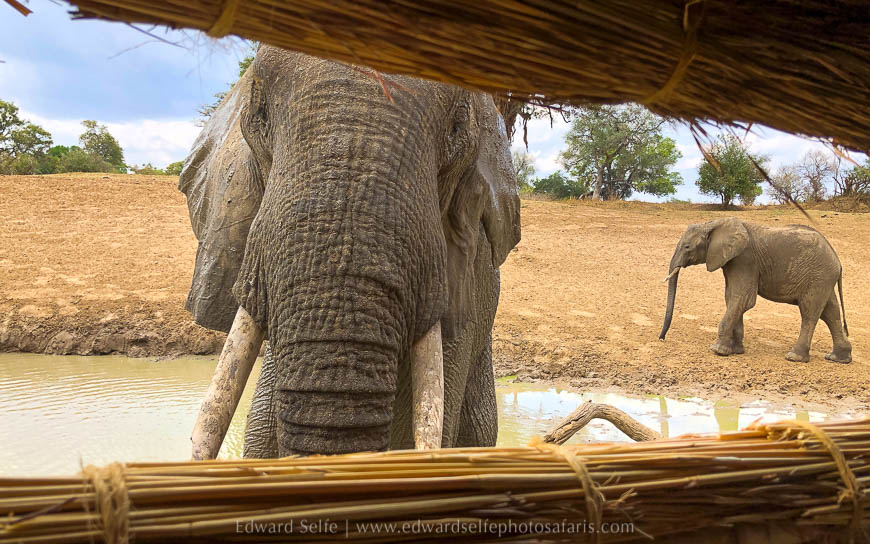
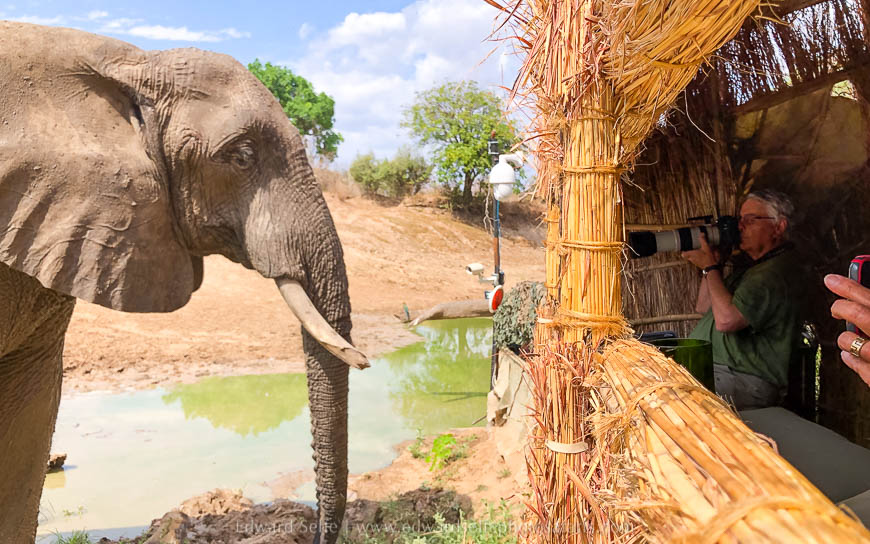
While the Mwamaba hide was superb, we also had some excellent viewing out in the bush on our drives. One of the requests from the guests had been lion cubs and neither of the prides that we had seen so far had any. But I was confident that the MK pride cubs would show up for us while we were at Mwamba. We spent time looking for them most days, but it was one windy and cool afternoon that they put on their best show. It seemed like rain was coming, and the lions were more alert than usual. This translated into the cubs’ behaviour too and they put on a display of playing, fighting, ambushing, pouncing and stalking that left us giggling with amusement. We had to pick our moments since they rushed in and out of the bushes, but the results speak for themselves.
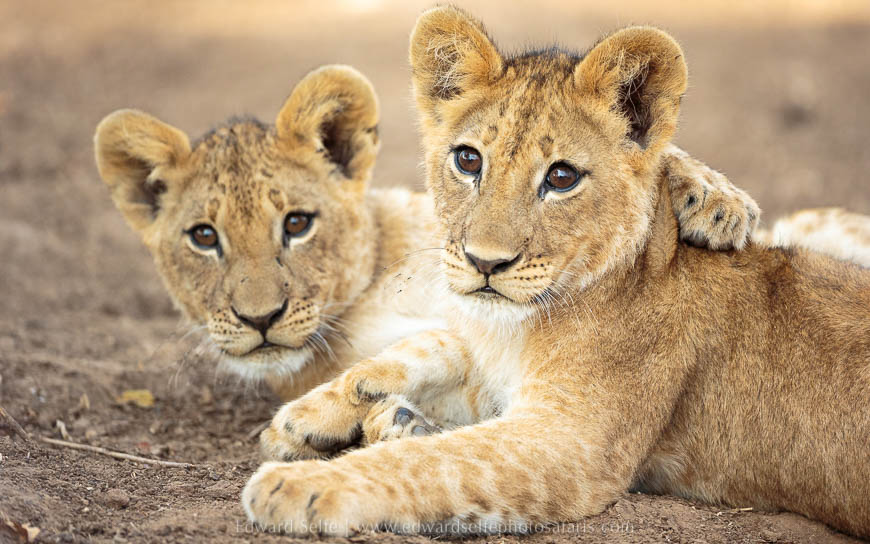
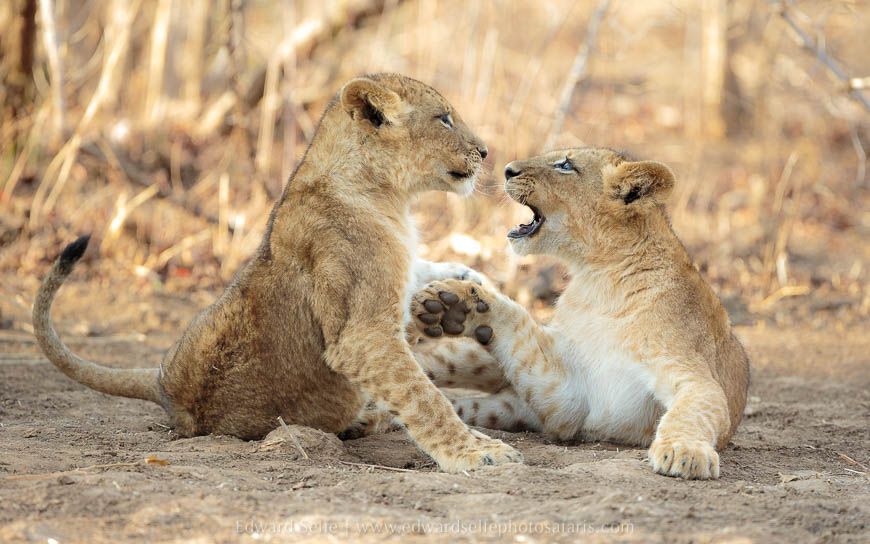
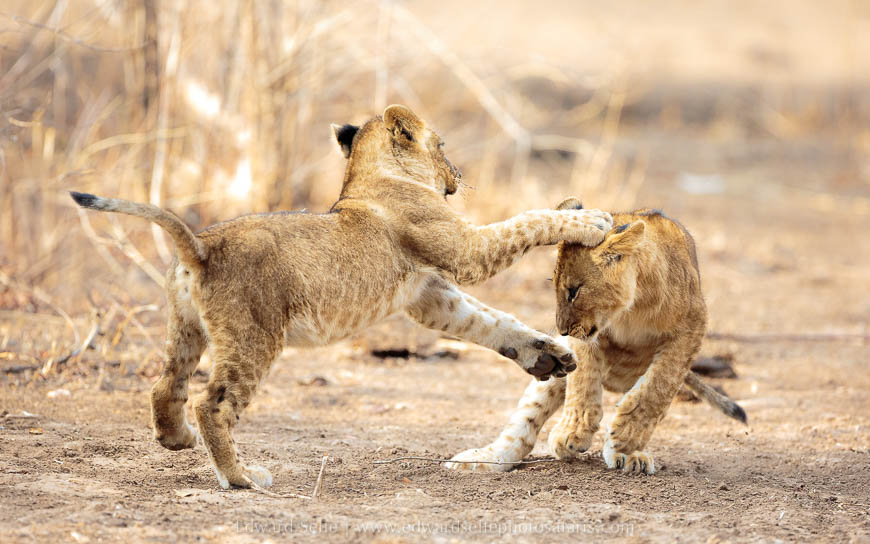
As we photographed, the storm clouds built, and we could see a massive storm was coming. These can be very localised at this time of the year, but as the first raindrops fell, we moved out, packed our cameras under the rain covers, and rushed for camp. Just in time we crossed the Mwamba stream before the rain made the mud into a slick track! This was a substantial shower and much more than we expected in early October, but the staff in the camp were excellent and took care of us all.
The light the following morning was incredible. The rain had cleared the dust and everything was bathed in a rich gold that we hadn’t seen since much earlier in the season. We took advantage of this short window of light and worked with some zebras on the plains around Mwamba.
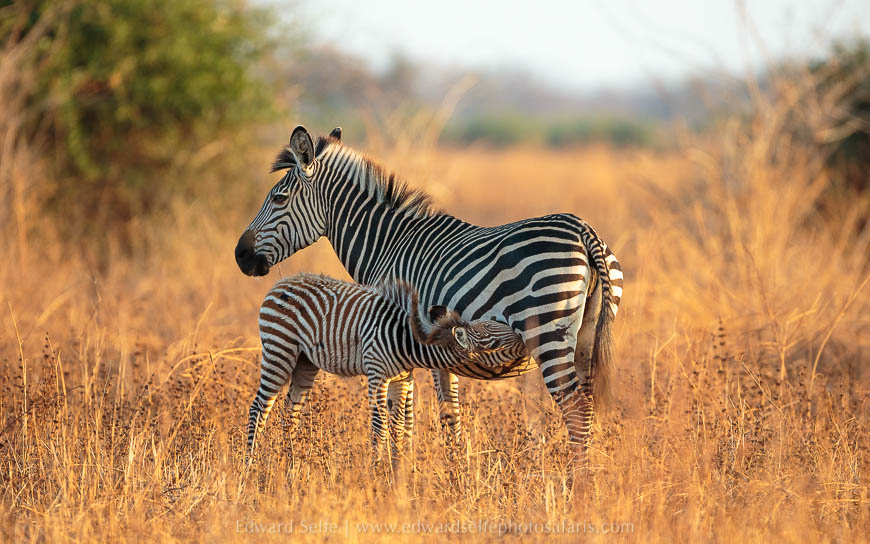
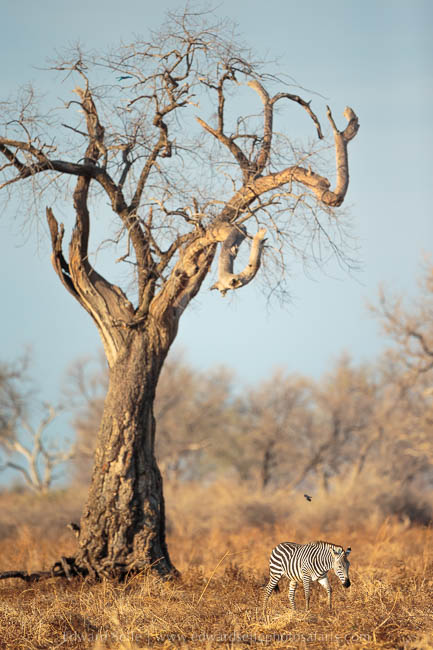
After 4 days at Mwamba bush camp, we moved across the Kaingo Camp, Shenton Safaris’ more opulent base camp. We had loved the rustic nature of Mwamba and the incredible hide just 100m from the chalets, but the river-side location of Kaingo was a stunning change which refreshed us all and gave us new areas to explore. Over the following 3 days, we had many great sightings and were able to follow certain stories right through to their conclusion. Here are a few of the highlights:
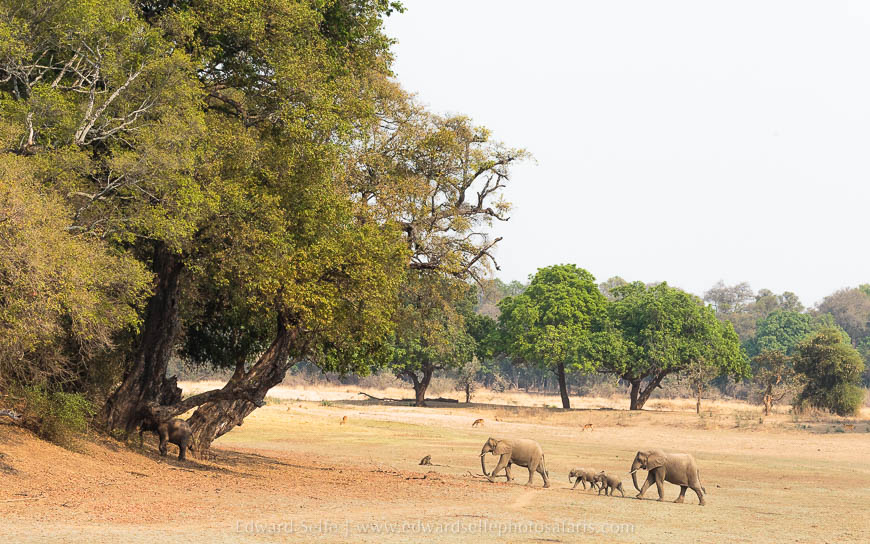
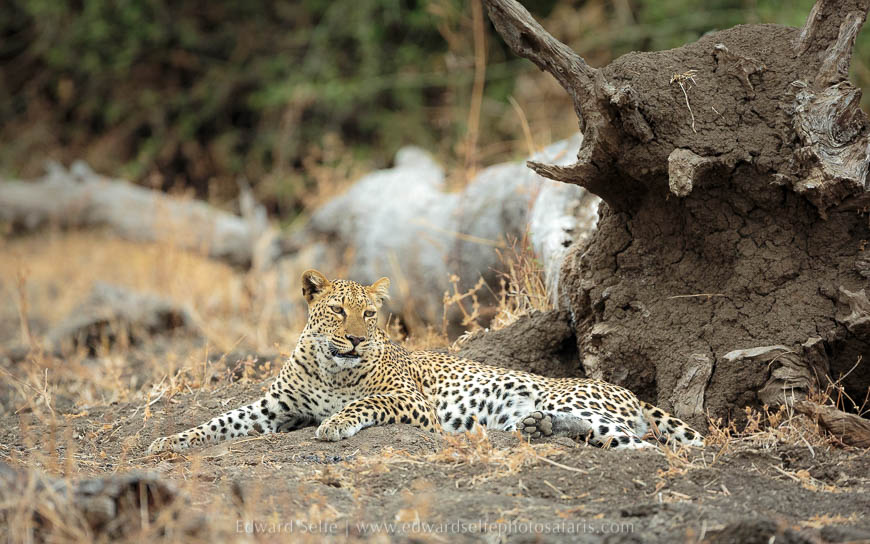
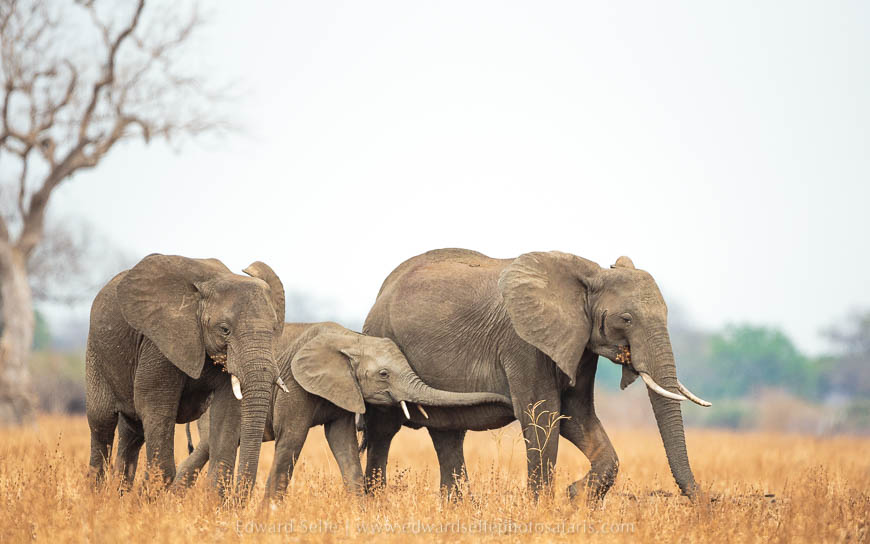
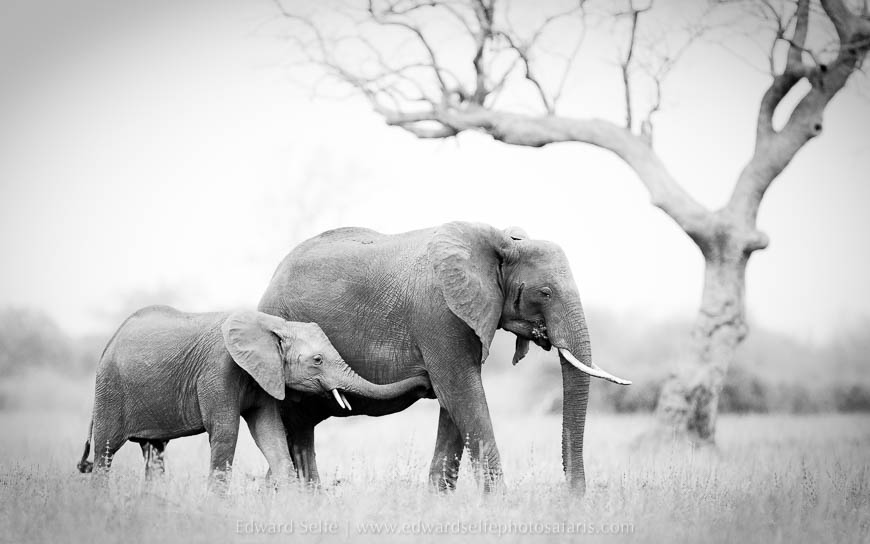
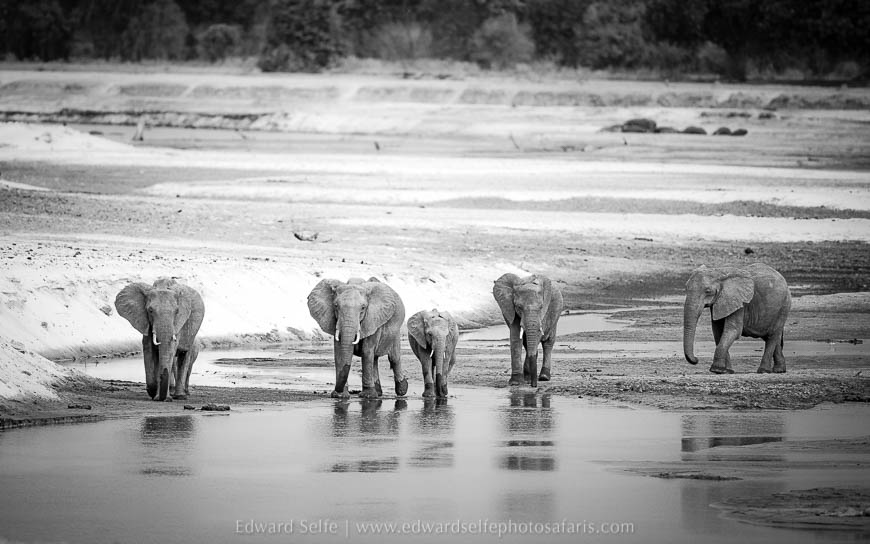
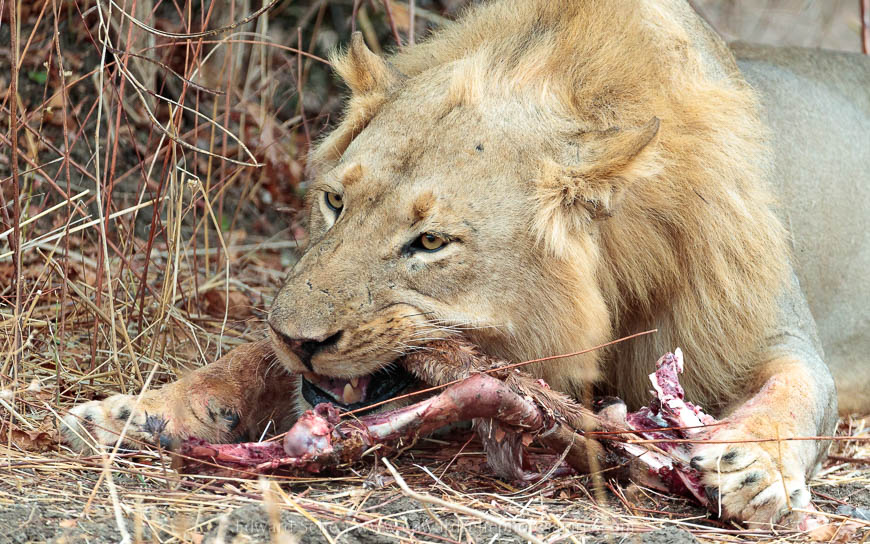
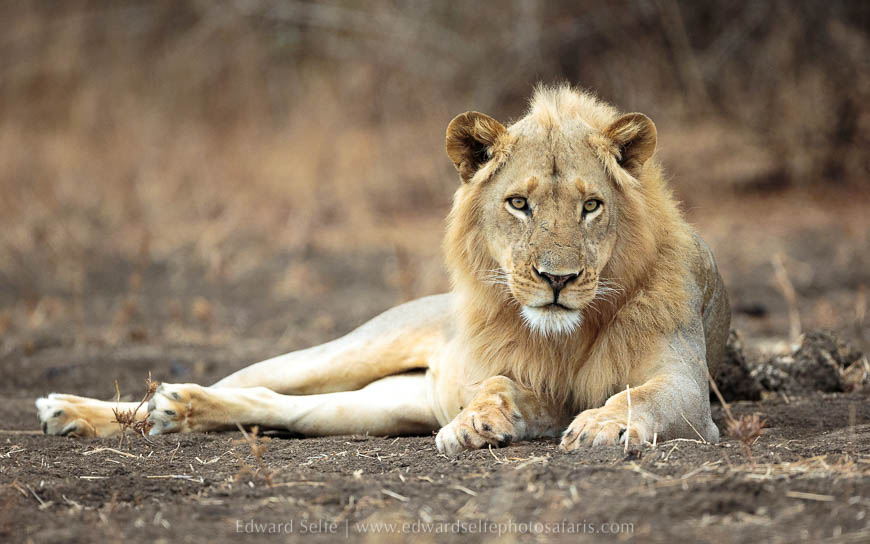
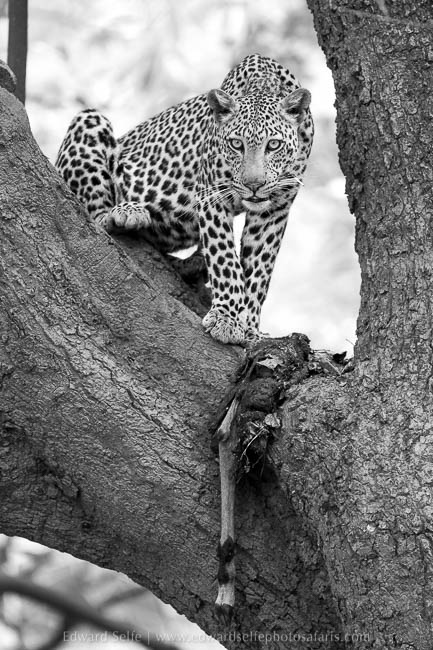
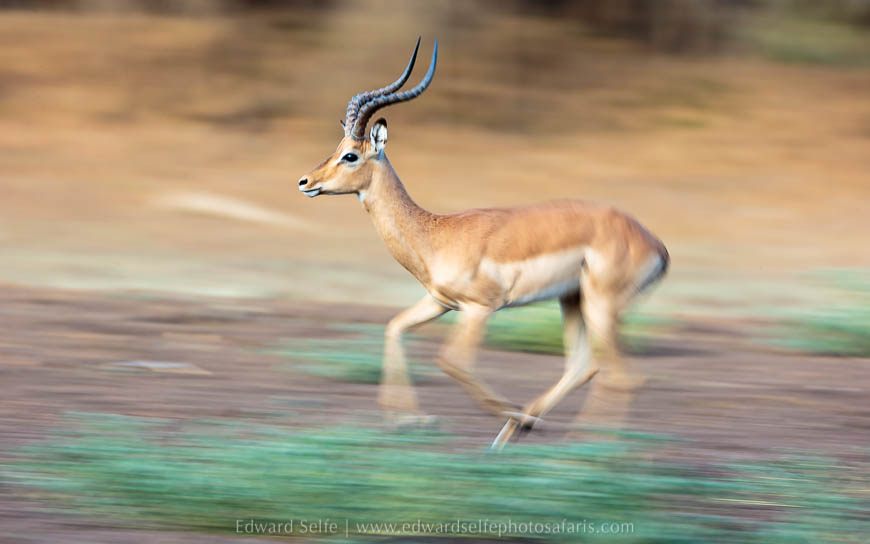
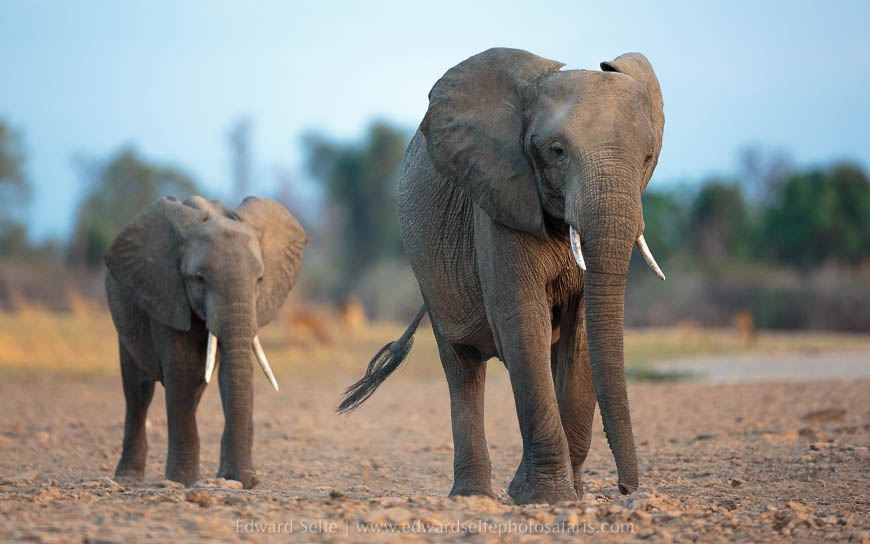
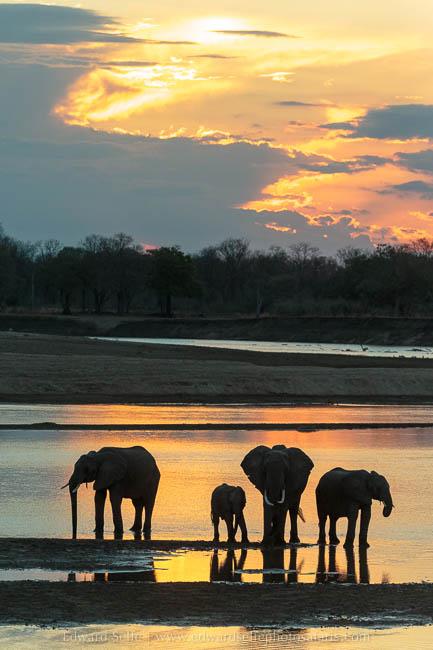
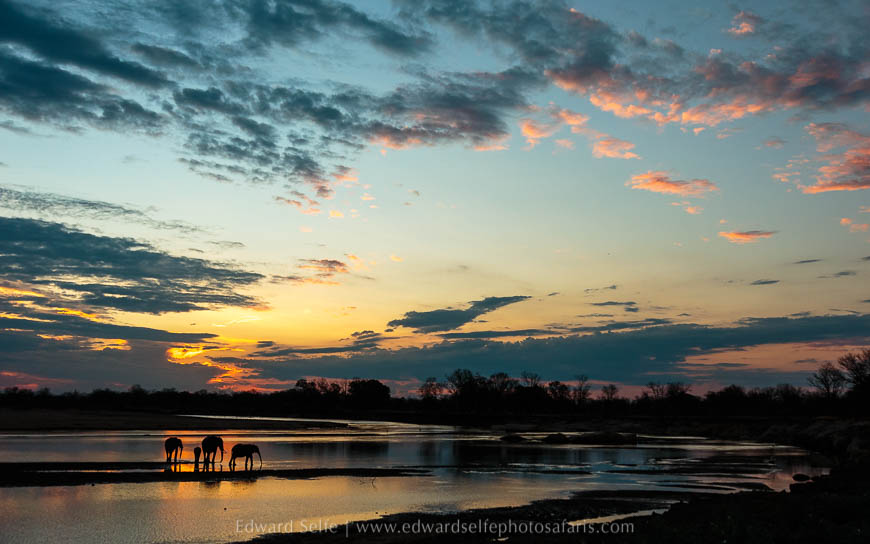
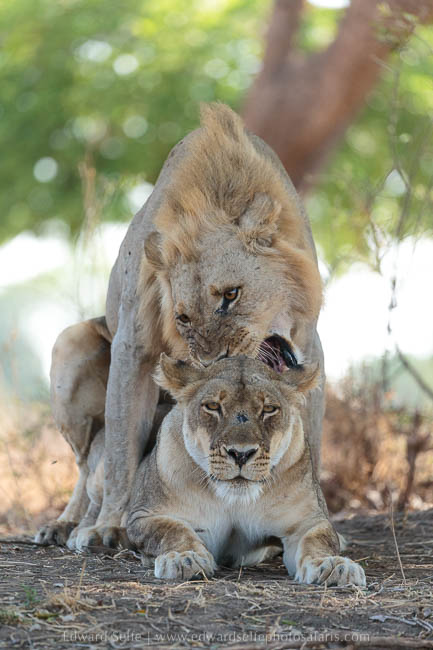
As is often the case with safari, we enjoyed an action packed flurry of sightings in our last 24 hours at Kaingo. We had a great afternoon in the Kaingo hippo hide which gives us a very close and low angle on a large and busy pod of hippos at the confluence of the Mwamba stream and the Luangwa River. With the water level so low, there are constant skirmishes between males and also when the males intrude on the privacy of the females and their calves. I was able to watch and help the guests predict where the next battle might occur, giving them just enough time to frame and pre-focus before the action happened. We closed apertures down to ensure enough depth of field at this close distance, and to account for the fact that the autofocus system will often latch onto the water spray rather than the hippos behind.
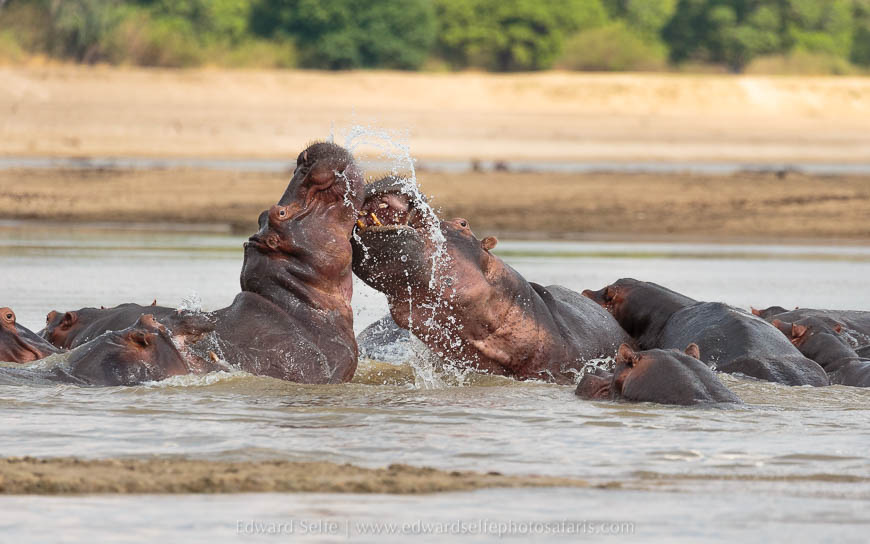
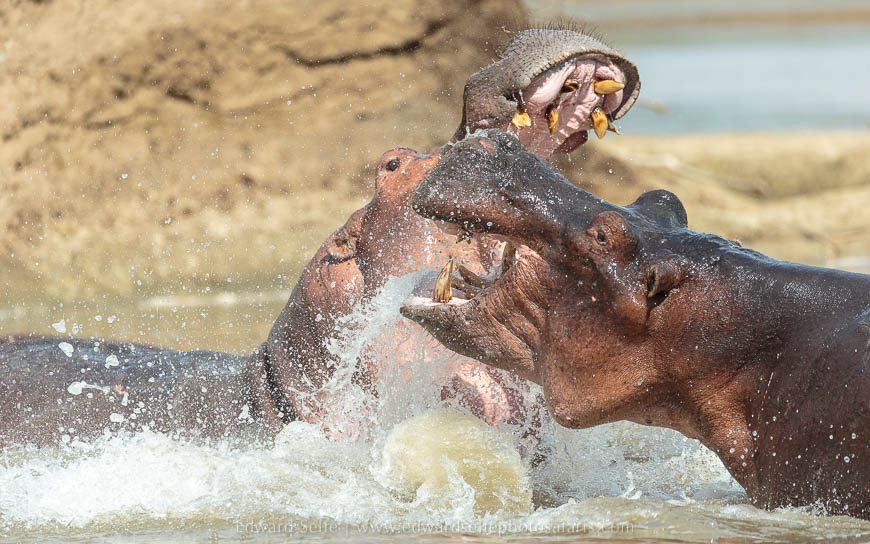
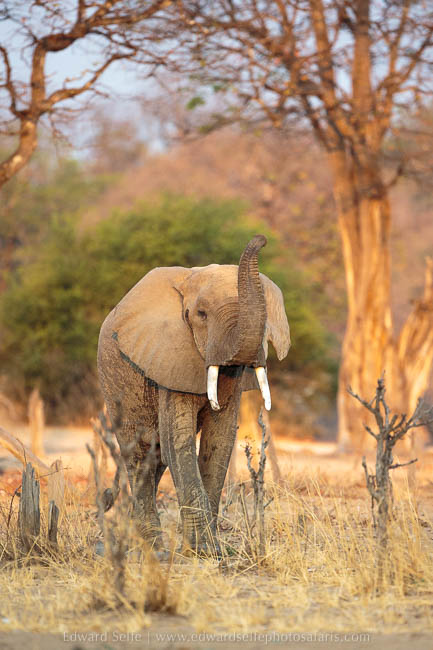
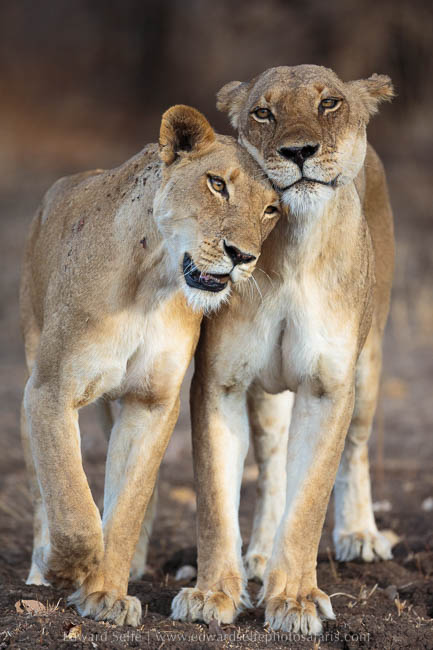
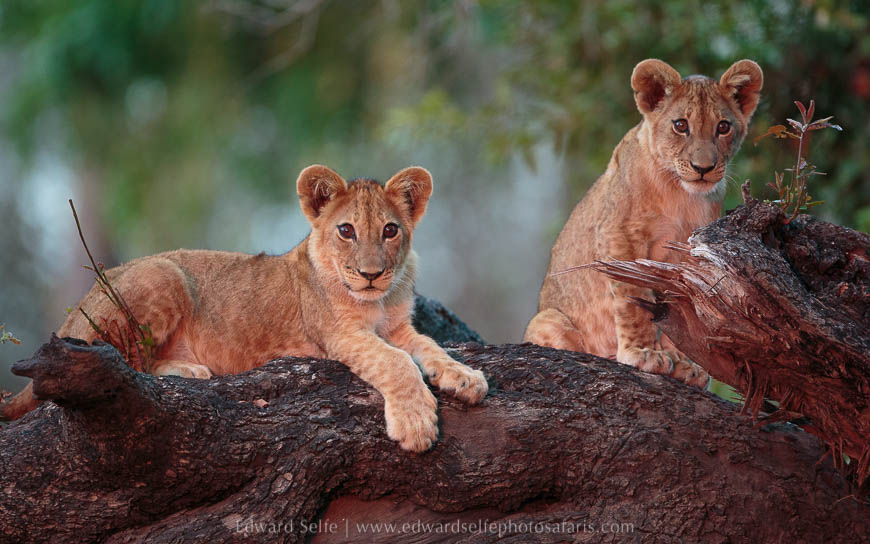
After 7 nights in the game-rich Shenton Safaris’ area of the park, we headed south to spend a week exploring the southern sector of the National Park, where we would be hosted by the Bushcamp Company. This organisation has a string of 6 stunning, stylish bush camps along the Luangwa and Kapamba rivers. They are the only operator in most of the area where they do their safaris so we looked forward to an even greater level of privacy than we’d experienced so far. In fact, this turned out to be the case. The busiest sighting during the whole 8 nights that we were there was 3 vehicles and most of our time was spent entirely on our own. Really special for the experience and so valuable for photography since it allows me to move and manage each encounter as I see best.
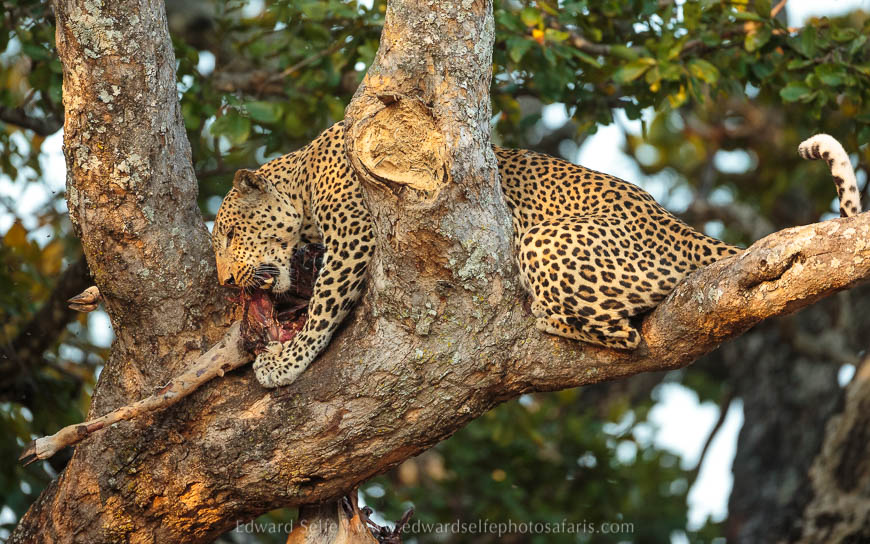
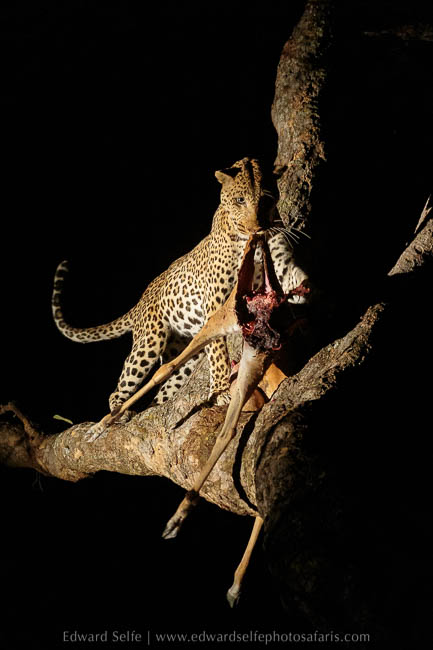
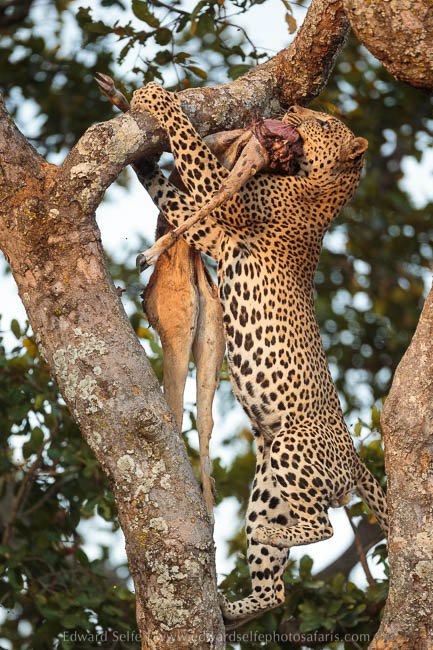
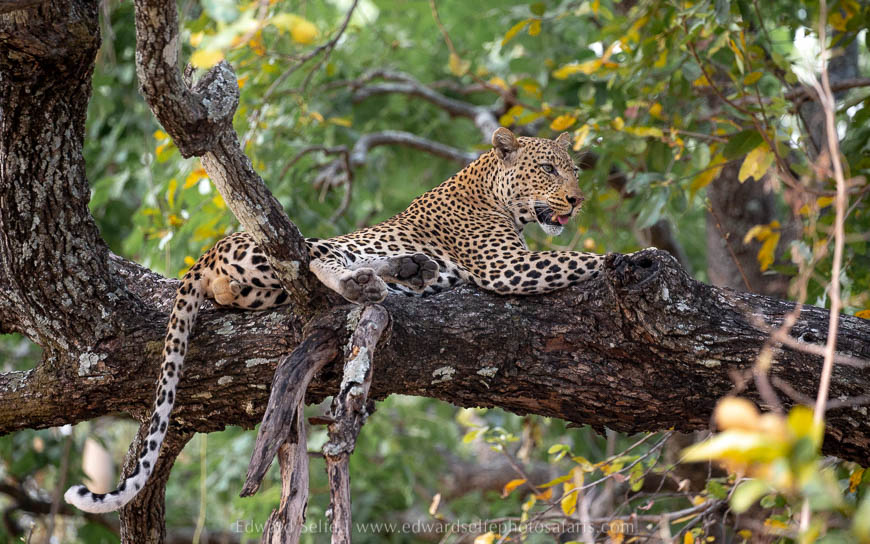
We hoped to catch up with the Chamilandu pride which I had spent time with last year. Sadly the two little cubs who we’d watched did not survive but we hoped to see the remaining 12 lions at some stage. One day, a few of them showed up at Chindeni lagoon but then headed back into the forests. We figured that they must be guarding a large carcass in there. So we checked back regularly and one evening, the rest of the pride began to appear at the lagoon.
At the end of the large lagoon that runs in front of Chindeni camp, there is a narrow channel. As the lions came out of the woodland, I positioned us so that we could shoot across the channel as they drank from the water. While they were in the shade of the large trees by day, I could see the potential for incredible night shots when the rest of the pride appeared in the dark. All we needed was for them to come out when we were still there!
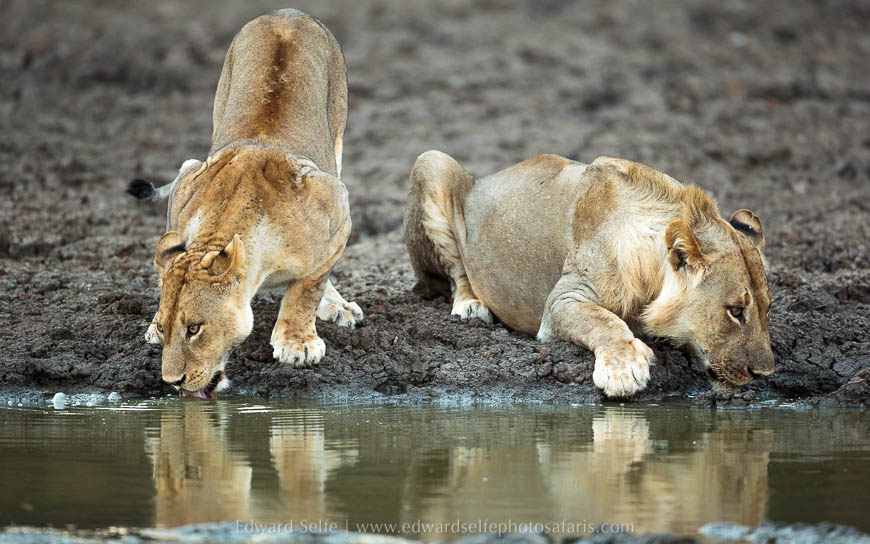
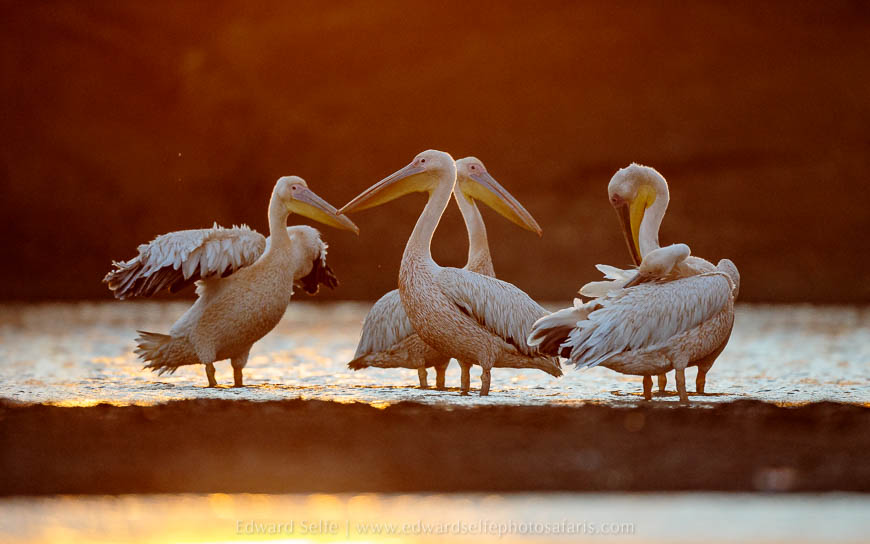
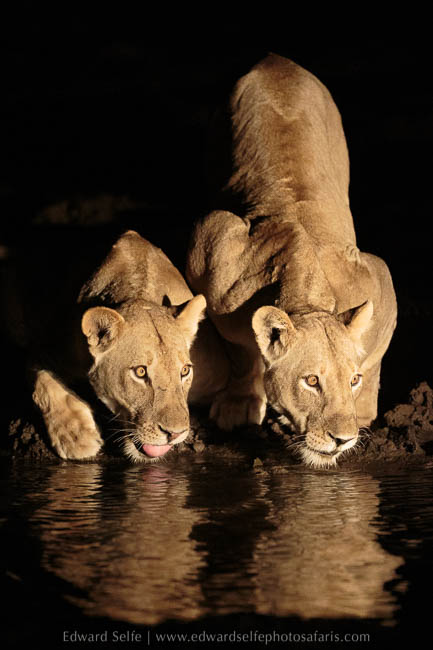
On the way back to camp, we found a female leopard who walked right towards our vehicle and sauntered past. We took some photos, but after the incredible lion sighting, we were all buzzing and we mostly enjoyed just watching her.
Over the next few days, we spent a lot of time with the Chamilandu pride; we found them on the river bank where we were able to get down below them; we found them on the sandy beach in the golden morning light; we followed them as they hunted one morning and narrowly missed seeing them catch a warthog; and we sat with them one afternoon as they waited for a careless warthog to approach them very closely…..the warthog got away at the last moment but it was very exciting all the same!
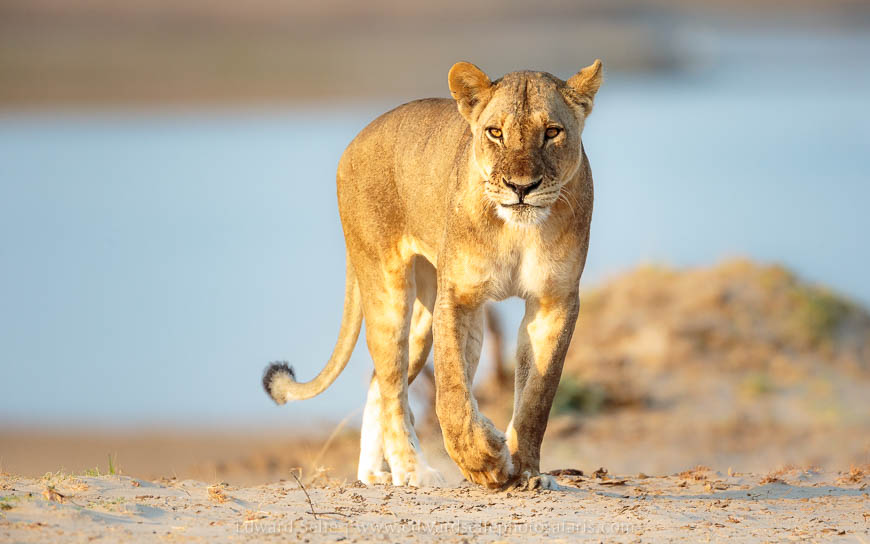
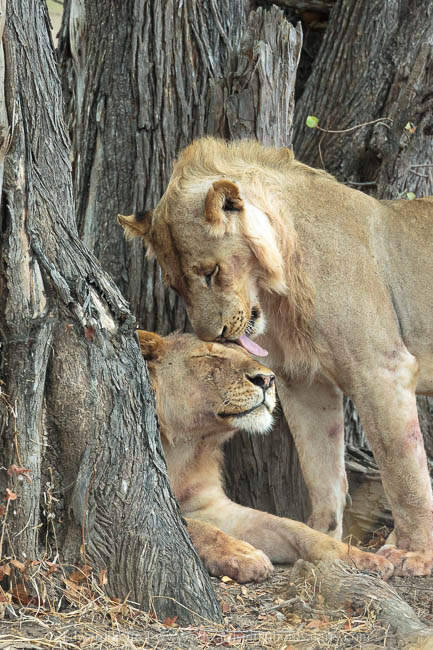
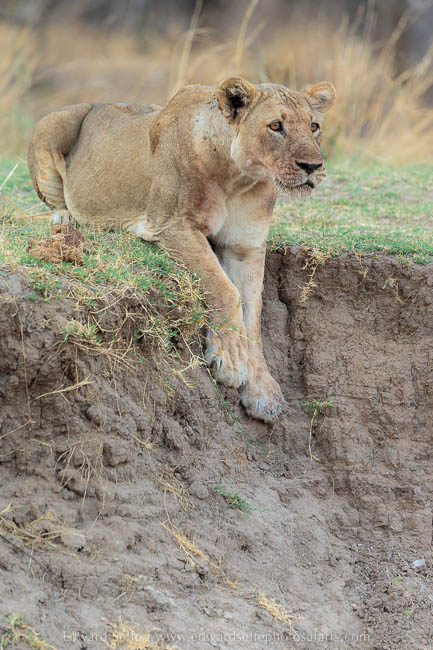
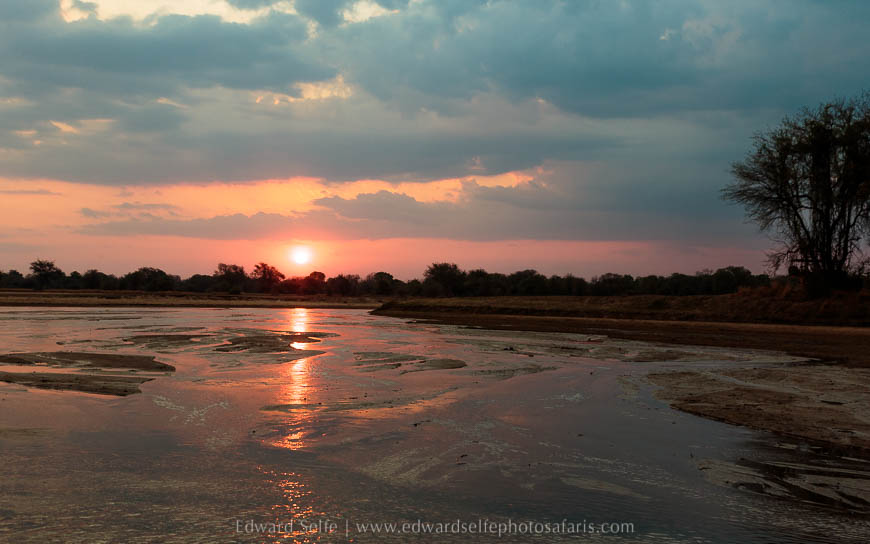
Towards the end of the trip, with so much already seen, we wondered what the park would still keep in store. Following the theme of the trip, it had to be lions of course! And with a cub! The Kapamba 2 pride is made up of 4 adult females and 1 young cub and we enjoyed several good sightings of them. The best of these was early in the morning, in superb light, and involved a great session of play between the females and the cub. In fact, the best moment was when one of the females ambushed another, who was absolutely not ready for the aggression of the attack so side-stepped out of the way! The resulting “lion-flip” and heavy landing would have been award-winning stuff if only one of us had our camera pointed that way!
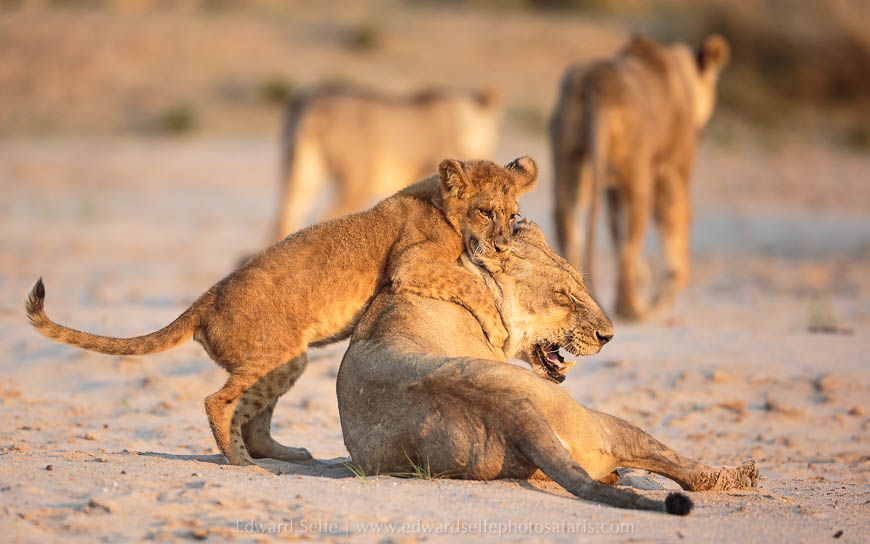
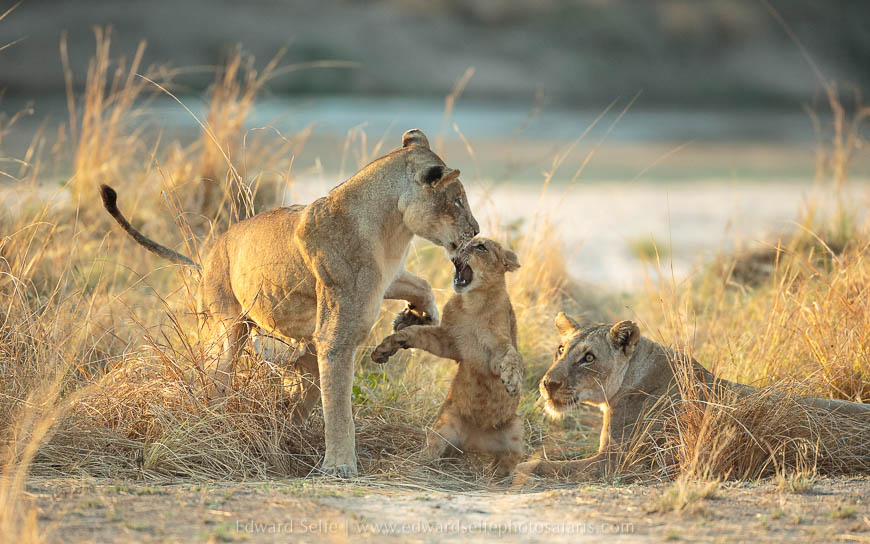
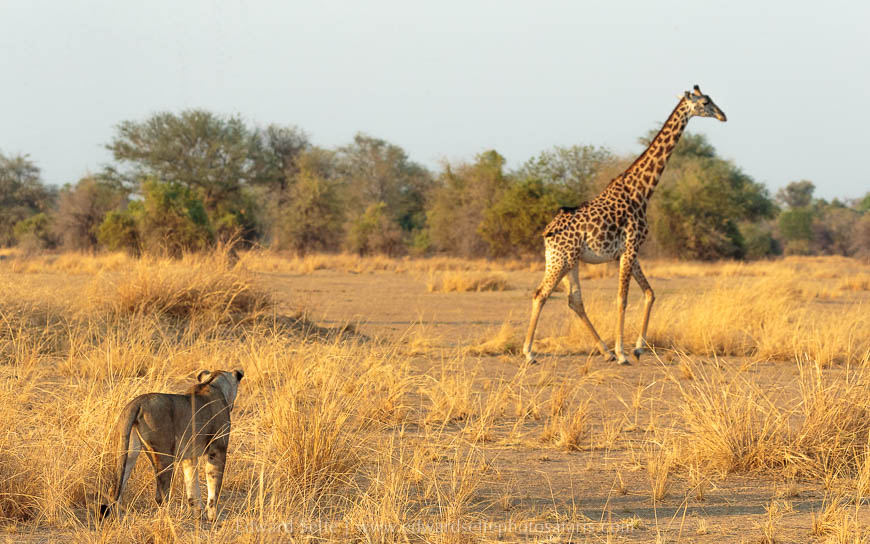
Due to a flight scheduling change a couple of months before the safari started, we found ourselves with one extra night in Luangwa; what better to do than add another night at the Bushcamp Company camps!? So we booked in at Kuyenda, a simple, rustic camp in the middle of the range of the wild dog pack known as the Manzi pack… We had missed wild dogs up to this point, so we crossed fingers that they might be around when we arrived! And indeed they were. The guides at the camp had seen them in the morning, so we headed to the area to try and track them down in the afternoon. They hadn’t gone far and were lying in the cool sand by the water’s edge. As the light dropped, they started to chase, play and socialise, but sadly hunting was not on their agenda.
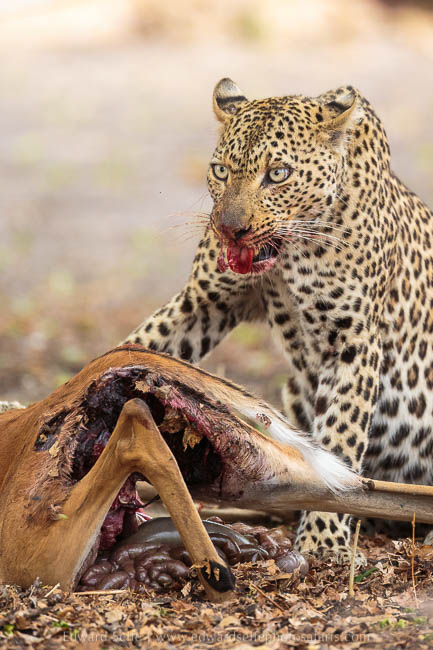
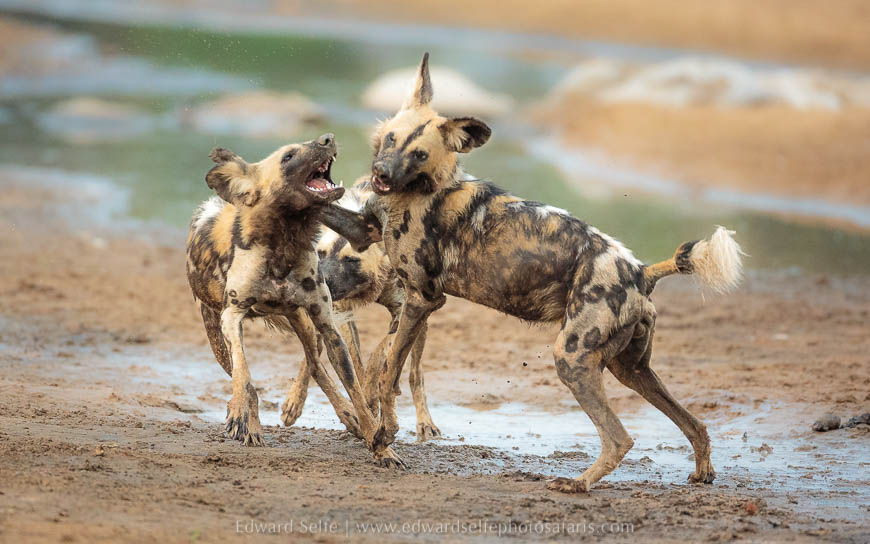
Having run a number of safaris in the area that Kuyenda uses, I had a good idea where to find the wild dogs the following morning. We drove quickly to the area and scouted around. A puku antelope running for its life revealed the presence of dogs and it didn’t take too long to track down 3 of the 11. These 3 females had split from the males and were hunting alone. At one point they made a serious attempt on a large male puku but he was too fast and too strong for them to take down alone. We lost the 3 in the thickets, but returned to find the 8 males playing in the soft sand along the river. Eventually, they climbed up on to the plains and lay in the shade of a large tree. My final image of the trip is a beautiful portrait of a healthy wild dog, something that we rarely saw in the Luangwa 10 years ago. Thanks to great conservation work, we now see them almost as much as the other large carnivores and we now enjoy Zambia’s largest population of these rare predators.
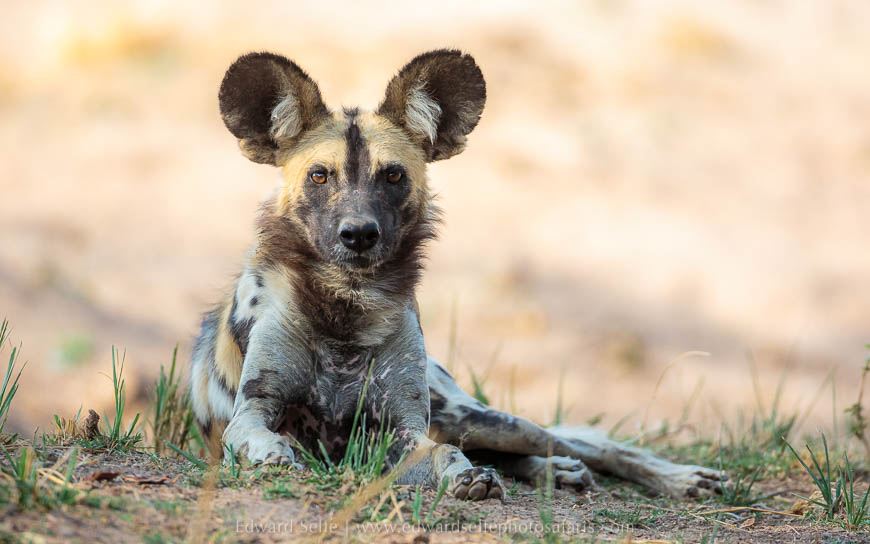
This was the longest safari I have ever run and it’s certainly been the most memorable. 3 weeks in the bush is a long time, but it guarantees that we will have time to convert the sightings that we enjoy into excellent photos. One of the main impediments to great images is not being able to wait long enough so having ample time ensures that we can sit and wait when needed. The male leopard at Chamilandu absorbed 3 full game drives! How can we sit so long on one sighting? Well, in fact, the time flies past with so much to talk about and the ever-changing nature of the scene. And anyway, who wouldn’t want to sit for hours with the Luangwa’s most charismatic predator?! My thanks to all of the group for their energy, optimism, eagerness and — at times — resilience, and for making this safari so remarkable. We will be travelling together again in Botswana in 2020 and I can’t wait for the adventures that are coming our way.
With thanks to all of you who read right to the end! Much appreciated, and I hope it gives an insight into the wonderful safaris that the Luangwa offers visitors.


